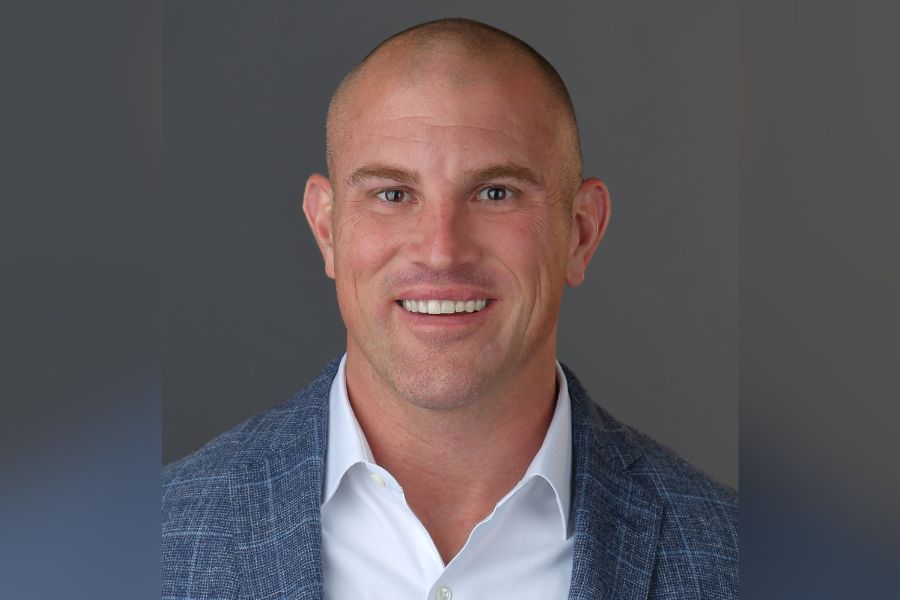Advisers confront shrinking fortunes
The advancing age of wealthy baby boomers is a creeping and subtle threat to the long-term survival of many asset-based, fee-dependent advisory firms. Here's what some advisers are doing to stem the tide of dwindling assets.
About a decade ago, as financial adviser Kimberly Foss’ clients reached their 80s and 90s, many of them died.
In dealing with the families, no matter how hard she tried, Ms. Foss was unable to hold on to enough of those clients’ assets. She decided she was going to have to reach out to much younger investors if her advisory practice was going to survive.
“The only alternative is to preserve what you have and add to it,” said Ms. Foss, president of Empyrion Wealth Management Inc. of Roseville, Calif. “You have to take an inventory so you don’t wake up one day and say, “Crap, if I don’t do something in the next 10 years, I’m not going to have a practice if I don’t get new clients.’”
The realization that the average age of clients at many practices is climbing may soon dawn on more advisers. The advancing age of wealthy baby boomers is a creeping and subtle threat to the long-term survival of many asset-based, fee-dependent financial advisory firms, according to advisers and other industry professionals.
“If your assumption is that the preponderance of advisers are ignoring this, that’s probably correct,” said Mark P. Hurley, chief executive of Fiduciary Network, a firm that provides financing to wealth management firms. “Most of these guys are barbershops. There’s nothing to sell. And as the clients get old, they use up their money, and who wants to buy their firm from them?”
ADVISERS ALSO AGING
By most accounts, the mortality of clients ranks behind a host of other issues as challenges to wealth managers today, including — perhaps most importantly — the advancing age of advisers themselves. But as the retirement-age population is expected to rise to nearly 20% of the U.S. population by 2025, according to Census Bureau projections, and they demand more service from their advisers, some in the industry are sounding alarm bells.
Mr. Hurley argues that financial advisers working with clients who are, on average, over 70 are in trouble.
Elderly people who live longer spend more money on living expenses, donate more to charity and face higher health care costs.
RISK-AVERSE
At the same time, they become more risk-averse when it comes to investing, and their assets draw lower rates of return. The policies of the Federal Reserve have depressed returns on those lower-risk assets even more.
“The margins of serving those older clients goes down on an almost exponential function, and by the time you realize this problem, it’s too late,” Mr. Hurley said.
“This group, once they retire and have health issues, may have even more need for your time and may have more of a desire because they’ve got so much free time to interact with you,” said Robert J. Glovsky, vice chairman and principal at The Colony Group, a wealth manager in Boston. “If their portfolios start to decumulate, how is the adviser going to get paid under the asset model?”
Like a growing number of advisory firms, Ms. Foss’ business relies on revenue derived from a small percentage of investors’ portfolios levied as a fee.
So when the financial crisis struck in 2008, her dependence on that tenuous revenue stream was driven home when her income sank. Ms. Foss branched out, writing a book and seeking out paid speaking engagements where she was able to meet prospective clients.
Having a diversity of revenue sources from various fee arrangements is going to become increasingly popular with advisers, said David Millican, principal managing partner at Atlanta Capital Group.
“You’ve got some of the purists out there that still believe in fee-only,” he said. “[But] there’s a lot of cracks in that fee-only model.”
Mr. Millican’s firm has one client with $20 million in investible assets, “and their goal is to have every dollar spent,” he said.
Even as the firm has converted other clients to fees based on assets under management, that client was kept on a flat-fee structure.
But Mr. Millican and others agree that not all advisers will be willing to make a change.
For one, many advisers argue that fees based on assets under management provide the best alignment of interests between clients and their advisers. Others see flat-fee arrangements as being more predictable but with less upside in most years, when markets tend to trend up.
“I don’t know if I want to limit myself to a stagnant amount of money, because I do feel like I work hard for that,” Ms. Foss said.
“I understand if the markets go down, I go down, but it’s no fault of my clients, too,” she said. “So we’re all in the same boat together.”
The asset-based-fee model has become deeply embedded in advisory firms, in part because advisers have been averse to asking clients for a raise, said Dan Inveen, principal at FA Insight, a consultant to advisory firms.
“You’re kind of automatically raising prices without having that conversation, but clearly, things are going to need to change at some point,” he said, turning his attention to retirees. “This is a market that we need to continue to pay attention to and recognize that there are challenges, particularly from a pricing standpoint, if advisers are going to rely on an asset-based-fee structure.”
It isn’t only registered investment advisers who are vulnerable to an aging client base.
Commission-based advisers are also in danger because they may find themselves selling less lucrative products to retired clients, said Paul West, managing director of Peak Advisor Alliance, a coaching service for advisers.
About 20% to 25% of Peak’s clients find it difficult to attract a sufficient number of younger clients, he said.
Significantly more advisers face a threat when assets transfer after the death of their major clients.
And Mr. West expects the number of advisers facing those challenges to increase as Americans age.
ACT NOW
Peak often recommends quick action to advisers with predominantly elderly clients.
“If you want to sell your business at some point in your career, you need to make a change to that or you need to sell your business now,” Mr. West said.
An inability to bring in younger clients can restrict advisers’ ability to add new services, cope with rising costs or retain staff with bonuses and raises, he said.
“If you have a declining revenue stream, how do you afford to do those things?” Mr. West asked.
It is likely much easier to sell an advisory practice with graying clients than it will be in the future, said Mitch Vigeveno, a third-party recruiter who often focuses on succession planning.
“People at the moment are less fussy when they’re trying to acquire or make a deal, because they know if they get too fussy, the seller might say, “I don’t like what you’re saying,’ or, “Maybe you’re not the match for me,’” he said.
“In a certain amount of time, all of a sudden, guess what? The people who are now 65 are going to be over 70, and they’re going to say, “Holy moley!’ and they’re all going to want to do it at the same time, and these practices will be less desirable,” Mr. Vigeveno said.
The damage could be exacerbated if the sale takes place in a bear market, he said.
Not everyone is alarmed that demographic changes will take hold.
A number of advisers said that their practices are unlikely to be affected by aging clients because they don’t expect them to plow through their retirement savings.
“Clients don’t liquidate their assets in a hurry,” said Ric Edelman, chief executive of The Edelman Financial Group Inc. “There is an 11th Commandment — thou shalt not spend down principal — and retirees adhere to that.”
Other industry observers said that the pressures of dealing with an older client base may be less acute for advisers with ultrahigh-net-worth clients, since it will take them even longer to spend down their assets, if they do so at all.
“No one’s going to spend it all immediately, and this whole decumulation phase is going to be stretched over a long period,” said Larry Sinsimer, senior vice president of practice management at Fidelity Investments.
And yet another adviser said the issue doesn’t concern him.
“That’s not my job to worry about,” said R. Craig Byrd, a Portland, Ore.-based adviser with LPL Financial. “My job is to figure out what people want to be when they grow up, and help them not run out of money.”
Learn more about reprints and licensing for this article.







